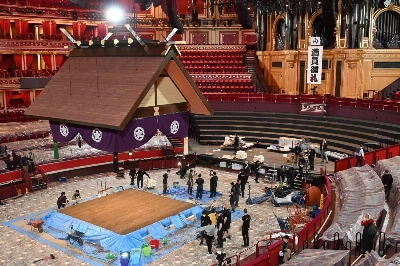David Cozy
Nov 29, 2009
Nov 8, 2009
Jul 12, 2009
May 31, 2009
Apr 12, 2009
Mar 29, 2009
Mar 29, 2009
Feb 15, 2009
Nov 30, 2008
Sep 7, 2008
May 25, 2008
Mar 30, 2008
Mar 9, 2008
Dec 30, 2007
Sep 2, 2007
May 13, 2007
Apr 19, 2007


















